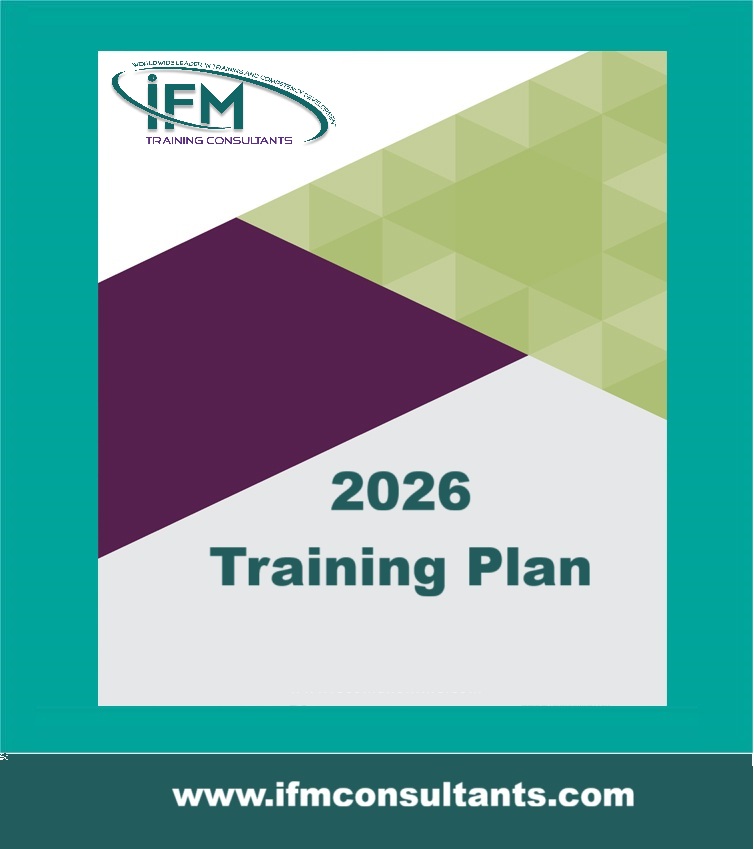Valves & Bearing
| Start Date | End Date | Venue | Fees (US $) | ||
|---|---|---|---|---|---|
| Valves & Bearing | 14 Dec 2025 | 18 Dec 2025 | Cairo, Egypt | $ 3,500 | Register |

Valves & Bearing
| Start Date | End Date | Venue | Fees (US $) | |
|---|---|---|---|---|
| Valves & Bearing | 14 Dec 2025 | 18 Dec 2025 | Cairo, Egypt | $ 3,500 |
Introduction
The course outlines the general technology of valves and bearings Design. It covers how importance the valves are for piping and any work on the process, valves are the main part to control all the process parameters like flow, pressure, and temperature.
In this course you will learn the types and main parts of each valve types, also you will be able to troubleshoot valves problems. and get a big idea of how to maintain valves.
The course provides participants with the basic knowledge for bearing, which is the critical part of all rotating equipment or machine in our life. If the bearing not working properly the machine will not produce the required production or it will be out of use.
So, properly monitoring for bearing is a critical job to prevent sudden production cuts.
You will get all the information about bearings types, material function and problems
In this course, you will learn how to observe the bearing function and do the needed maintenance
This course presents a realistic approach to the valve and bearing selection for the function, Servicing, sizing, installation, repair, overhauling, upgrading and modifications of these components. Valves and bearings usually appear to be simple in form and operation, but very critical and important parts in any system, production lines or any process
You will discover that even these components are frequently installed improperly throughout the industry.
Objectives
- Understand the importance of bearing on machine and rotating equipment
- Know the importance of valves in any process network
- Recognize the components of valves
- Have a practical idea and information about troubleshooting valves & bearing
- Understand the importance of lubrication system in the life of bearings
The participant will get the following after completed that course:
Training Methodology
The training methodology is interactive with group exercises and is suitable for all employees involved in functions management. The pace and level of the training workshop is customized to the understanding of the delegates. On-going back-up and support is available after the training on request to the supplier, and the training course is also available for in-house presentation as well as for “Competency Transfer”.
Who Should Attend?
- This course is intended for Maintenance Engineers, Application Engineers, Inspection Engineers, Elect/Electronics Engineers, Control Systems and Instrumentation Engineers, Production Engineers, Well-Head & Drilling Engineers and the new Valve Designers. User, distributor, sales engineers or buyer of this equipment will also benefit & understand much of the design & manufacturing principles that dictates faster delivery of safer quality product.
- This course is primarily for those who are new to the field, but it will also serve as a refresher workshop for those who have many years of experience
Course Outline
Valve technology
- Introduction
- Valve terminology
- Classification of valves
- Valve categories
- Manual valves
- Safety relief valves
- Check valves
- Control valves
- Major valve parts
- Valve selection
Valves Problems and Troubleshooting
- High Pressure Drops
- Cavitation
- Flashing
- Choked Flow
- High Velocities
- Water-Hammer EffectsHigh
- Noise Levels
- Clean Air Legislation
- Packing-Box Upgrades
- Check valve slamming
Valves Maintenance
- Inspection
- General Procedures
- Preparation
- Inspection Steps
- Leak test procedures
- Remove and reinstall valves Procedures
- Maintenance
- Valves Repair
- Repairing gate valve
- Repair Globe valves
- Repair Needle valve
- Repair Ball valves
- Repair Butterfly valves
- Pop safety valve repair
- Repair Relief valves
- Maintaining check valves.
- Preventative maintenance
Bearing Technology
- Classification and Characteristics of Bearings
- Principles of bearing selection and application
- Terminology of Bearing Parts
- Bearing Life
- Bearing accessories
- Bearing selection
Best Practice Fitting And Removal
- Fixing of Bearings
- Bearing Fitting Dimensions
- Handling
- Mounting
- Mounting cylindrical bore bearings
- Mounting tapered bore bearings
- Mounting outer rings
- Bearing Removal
Bearing Failure Analysis
- Overview
- Bearings life
- Load-Path Patterns and their Meanings
- Misalignment
- Failure Mode Classification
- Fatigue
- Wearand Corrosion
- False brinelling
- Electrical corrosion
- Plastic deformation
- Fracture
Tribology and LubricationOil
- Oil Lubrication Method
- Selection of lubricating oil
- Lubrication oil analysis
- Oil quantity
- Viscosity
- Contamination
- Total acid number (TAN)
- Total base number (TBN)
- Particle count

















